Inhuman matters: S-hell decay
Masen Al-Saghir
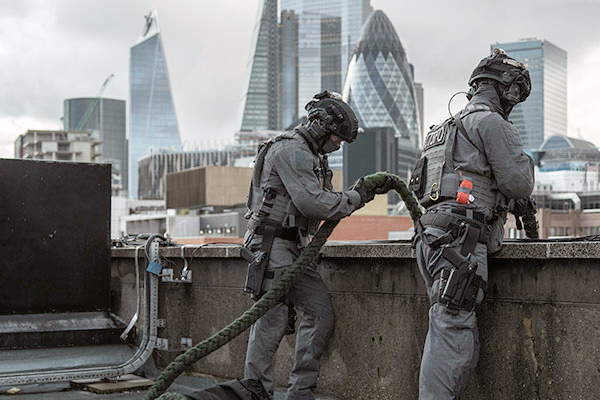
How can the lost stories of the displaced and the invisible ones, so intricate with the outdoors enthusiasts be shared when there are no spaces of encounter, no object testifying of their existence or experience? How is it possible to share these stories, create bridges between those realities and render them visible? Through an examination into the Arc’teryx LEAF (Law Enforcement & Armed Forces) jacket, my aim is to reveal the extractive infrastructures these outdoor gear/military products rely upon as well as how such material objects becomes part of broader geoolitcal landscapes and violence. How can we investigate these “interscalar” infrastructures with their fragmented temporal and spatial dimensions, which renders them almost impossible to grasp or comprehend? How can we visualise these architectures of separation and fragmentation and render the violence they produce as legible?
Vertical Violence on Infrastructural Nodes: A Situated Forensic Reading of Drone Strikes in Ethiopia
Tedros Belay
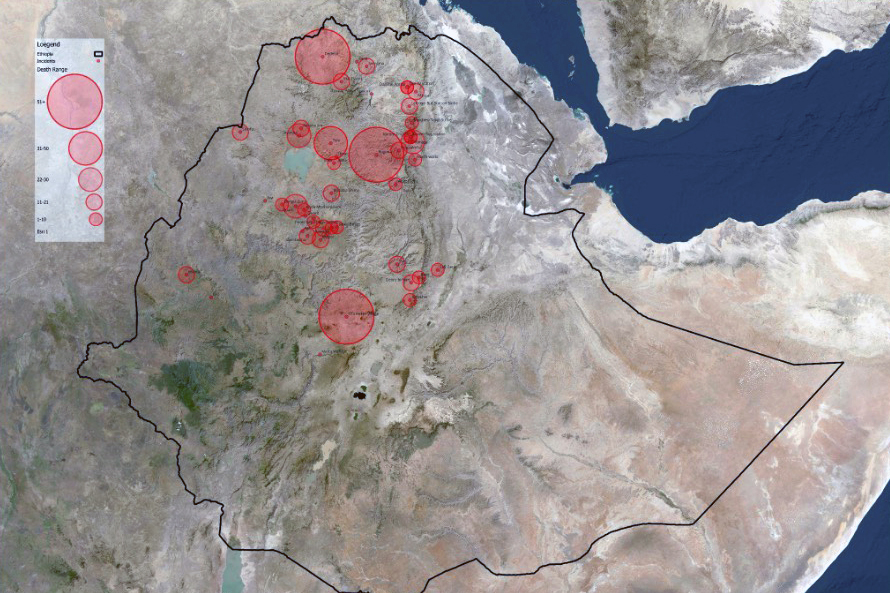
Between 2020 and 2022, the Ethiopian government deployed combat drones supplied by international allies as part of a broader military campaign in Tigray. Drones, often framed as precise, surgical technologies, were deployed in Tigray to reproduce a long-standing logic of targeting infrastructural nodes; The spatial intersection of material life, circulation, and social assemblage. This project investigates the spatial, temporal, and material dimensions of drone strikes by connecting to the historical targeting of marketplaces. It examines in detail the 16 December 2021 strike on the Alamata marketplace, integrating geolocated imagery, spatial analysis, and situated testimony to analyse how advanced aerial technologies extended established strategies of infrastructural destruction and spatial domination.
Germanium Tales
Michele Berardi
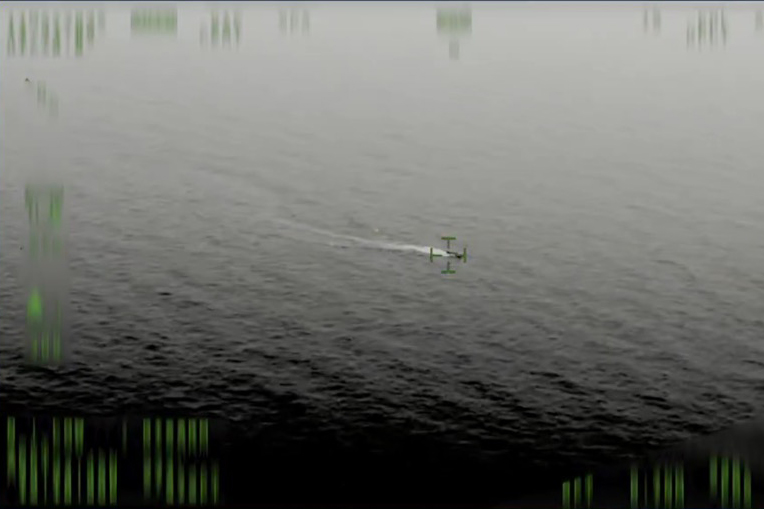
On 6 March 2025, in the wake of a new wave of European bellicism, Leonardo and Baykar Industries - major actors of the Italian and Turkish defense sectors - sealed a partnership to co-produce military drones. This project centers its attention on a hidden protagonist of this alliance: germanium.
By retracing the shifting moments of in/visibility in its supply chain, Germanium Tales follows the geographical and political trajectories of this rare earth element, indispensable to infrared thermal machine vision. It unfolds as a journey through extractivist zones of environmental devastation and neo-colonial appropriation, along the opaque circuits of capitalist logistics, and into the paradigmatic spaces of the military-industrial apparatus - commercial fairs and production facilities. Within this landscape, the military industry appears not only to secure the means to enforce its violent and authoritarian policies, but also to cultivate its more hidden and recondite fantasies. Germanium thus becomes a lens through which to investigate the material, psychic, and discursive infrastructures that sustain the military system - turning the thermal gaze back onto the apparatus itself, and opening the possibility of imagining critical intervention.
By retracing the shifting moments of in/visibility in its supply chain, Germanium Tales follows the geographical and political trajectories of this rare earth element, indispensable to infrared thermal machine vision. It unfolds as a journey through extractivist zones of environmental devastation and neo-colonial appropriation, along the opaque circuits of capitalist logistics, and into the paradigmatic spaces of the military-industrial apparatus - commercial fairs and production facilities. Within this landscape, the military industry appears not only to secure the means to enforce its violent and authoritarian policies, but also to cultivate its more hidden and recondite fantasies. Germanium thus becomes a lens through which to investigate the material, psychic, and discursive infrastructures that sustain the military system - turning the thermal gaze back onto the apparatus itself, and opening the possibility of imagining critical intervention.
Re-weaving Social Fabric: On Building Spaces of Sanctuary in the Case of Riace and Camini, Italy
Giorgia Chiarion
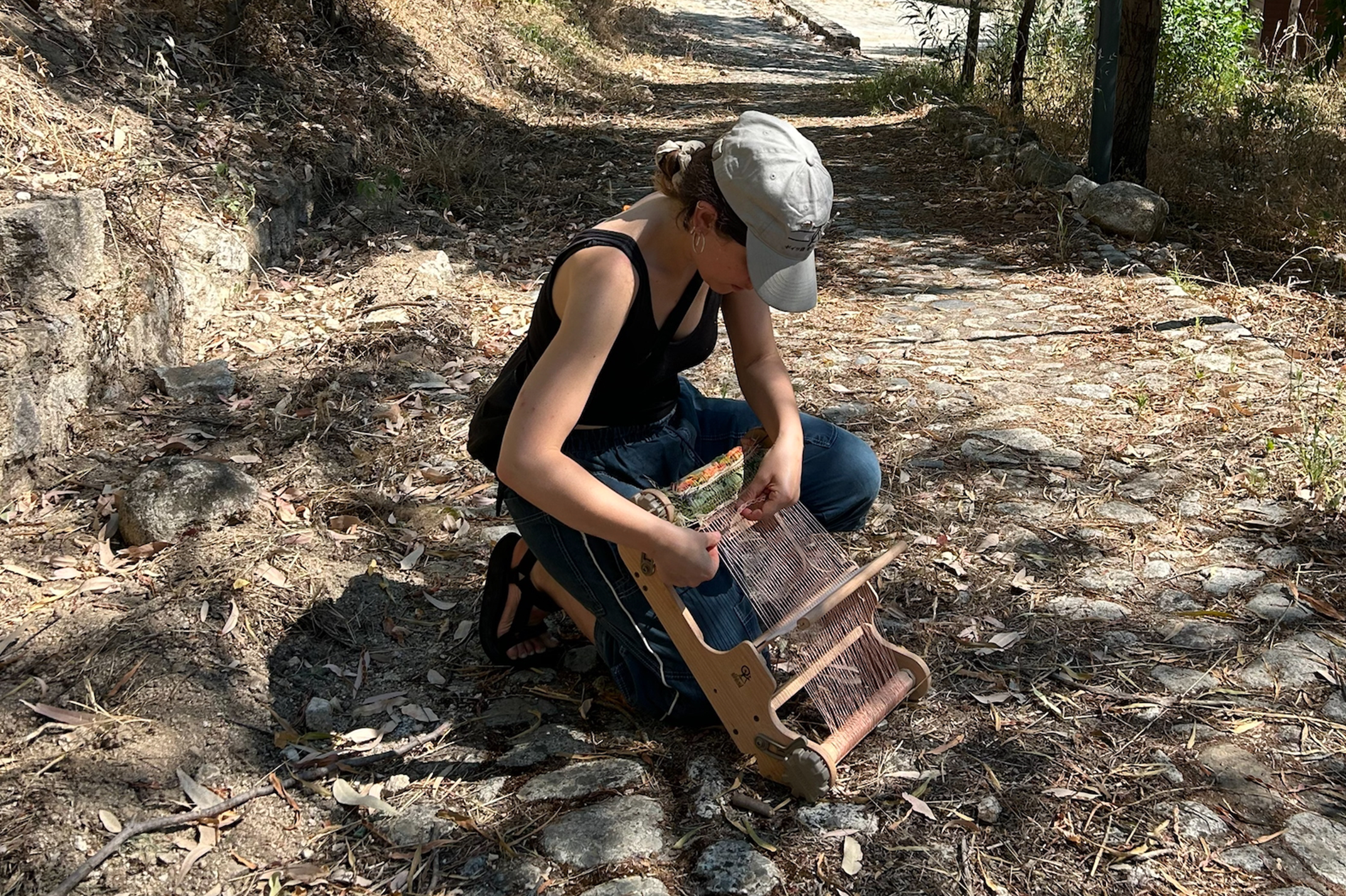
On the so-called “margins” of Europe, the Calabrian villages of Riace and Camini have gained recognition for their distinctive responses to migration and depopulation. By reinhabiting abandoned homes, they challenge both hostile immigration policies and the decline of rural life, offering contrasting orientations: Camini leans toward pragmatic, entrepreneurial forms of governance, while Riace aligns with radical left traditions of disobedience and solidarity. This project approaches these sites through a textile-based practice of weaving, embroidery, and weave-walks—woven timelines assembled from detritus collected along the paths between them. These practices highlight sanctuary not as a fixed refuge but as an ongoing counter-infrastructure that both contests and is shaped by hostile environments, offering glimpses of alternative worlds.
Landscape of Struggles
Daniel Day
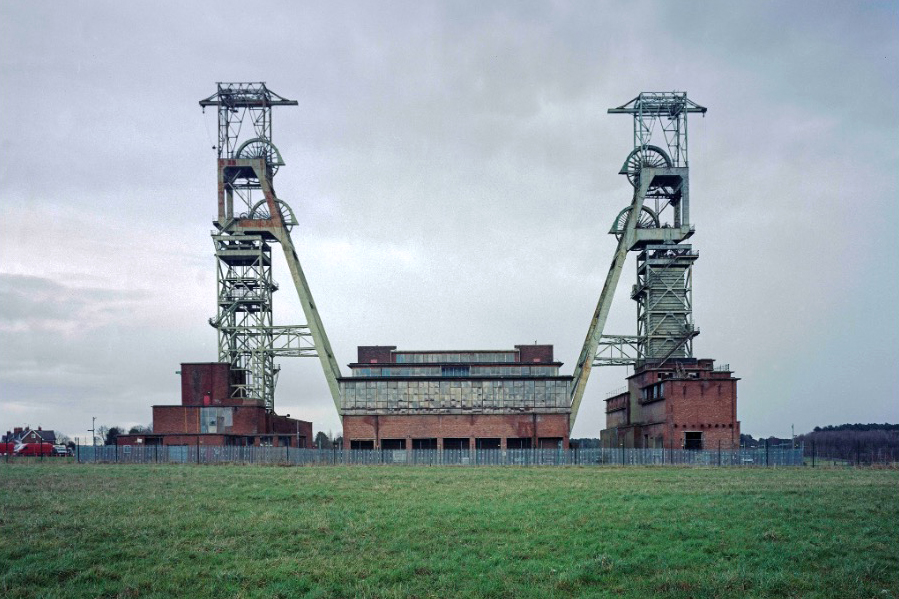
This project takes the ‘Battle of Orgreave’, an infamous moment of state violence during the British government’s implementation of neoliberalism, as an entry point for a spatial analysis of labour struggle in Britain. From Orgreave, the work expands to examine how the sites of the 1984–85 strike act as temporal and spatial sensors, registering what Britain has become through their transformation. These landscapes carry the resonance of labour’s struggle across time, revealing its continuing subordination to capital in ever-new forms. The work seeks to expose how land is disciplined to serve neoliberalism and the mechanisms used to secure its ideological control.
Derogated Island
Paola Perrin de Brichambaut
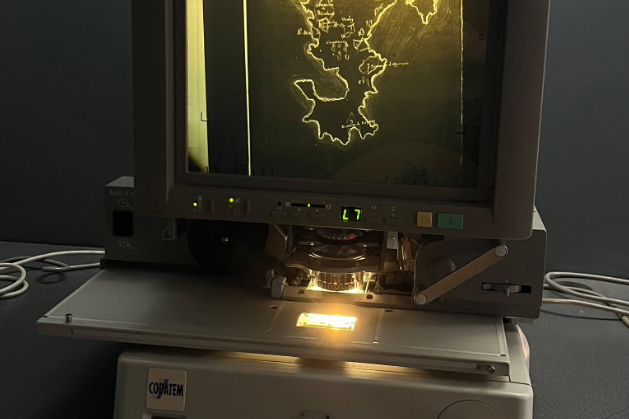
France has woven an intricate web of legal derogations to rule its ‘overseas departments’, made up of former (and current) colonies. Derogated Island investigates French governmentality in a colonial continuum, focusing on the case of Mayotte. Since the Comoros’ independence in 1975, France has continued to rule and claim sovereignty over one of the archipelago’s islands, Mayotte. This claim remains contested in international law as the United Nations General Assembly recognised the island as belonging to the Comoros. More than 200 000 persons have been deported over the past decade by French authorities. The majority are Comorians, forcibly brought to the other Comoros islands. The project investigates the actors, practices and infrastructures enabling these mass deportations. It seeks to establish the systematic nature of the attack on illegalised Comorians conducted by the French state. In particular, the role of France’s derogated regime of law in facilitating these expulsions and its colonial continuities are analysed. Derogated Island poses the question of whether these mass deportations constitute the crime against humanity of forcible transfers of populations under international law.
Fragment(ing) Infrastructures, Repair(ing) Futures: The Case of the “Cielito Lindo” Bridge
Fernanda Gómez Seoane
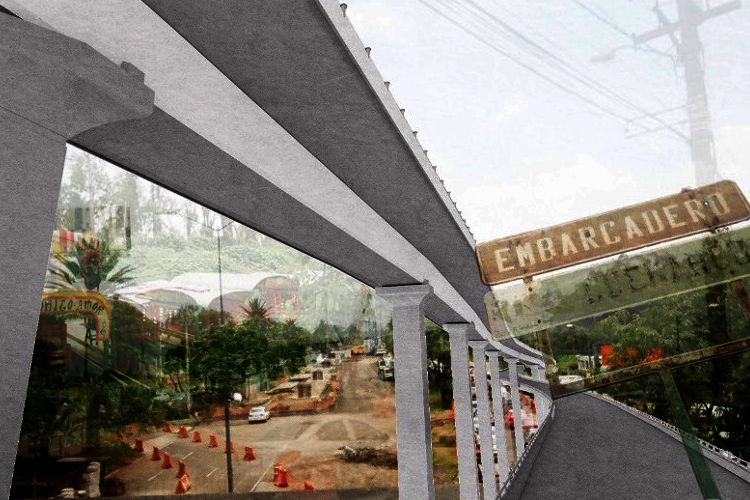
This project examines the irregularities surrounding the construction of a car bridge in the Natural Protected Area of Xochimilco, Mexico City. It begins with a lawsuit filed before the Inter-American Commission on Human Rights by residents, who accuse the government of violating multiple human rights to carry out the project. If the ruling is favourable, the plaintiffs demand the bridge’s removal and a genuine wetland restoration program. The project explores disrupted relations over time in the ancestral site of Lake Xochimilco, using the case of the bridge as an entry point to frame it as a symbol of a broader historical process of broken connections. This investigation critically examines who or what has benefited from the bridge’s construction, revealing the ongoing impacts of infrastructural violence and disconnection in the region. Building on this foundation, and returning to its point of entry, the project then shifts focus on the potential for reconnection by proposing alternative frameworks for thinking about repair.
Claire Grant
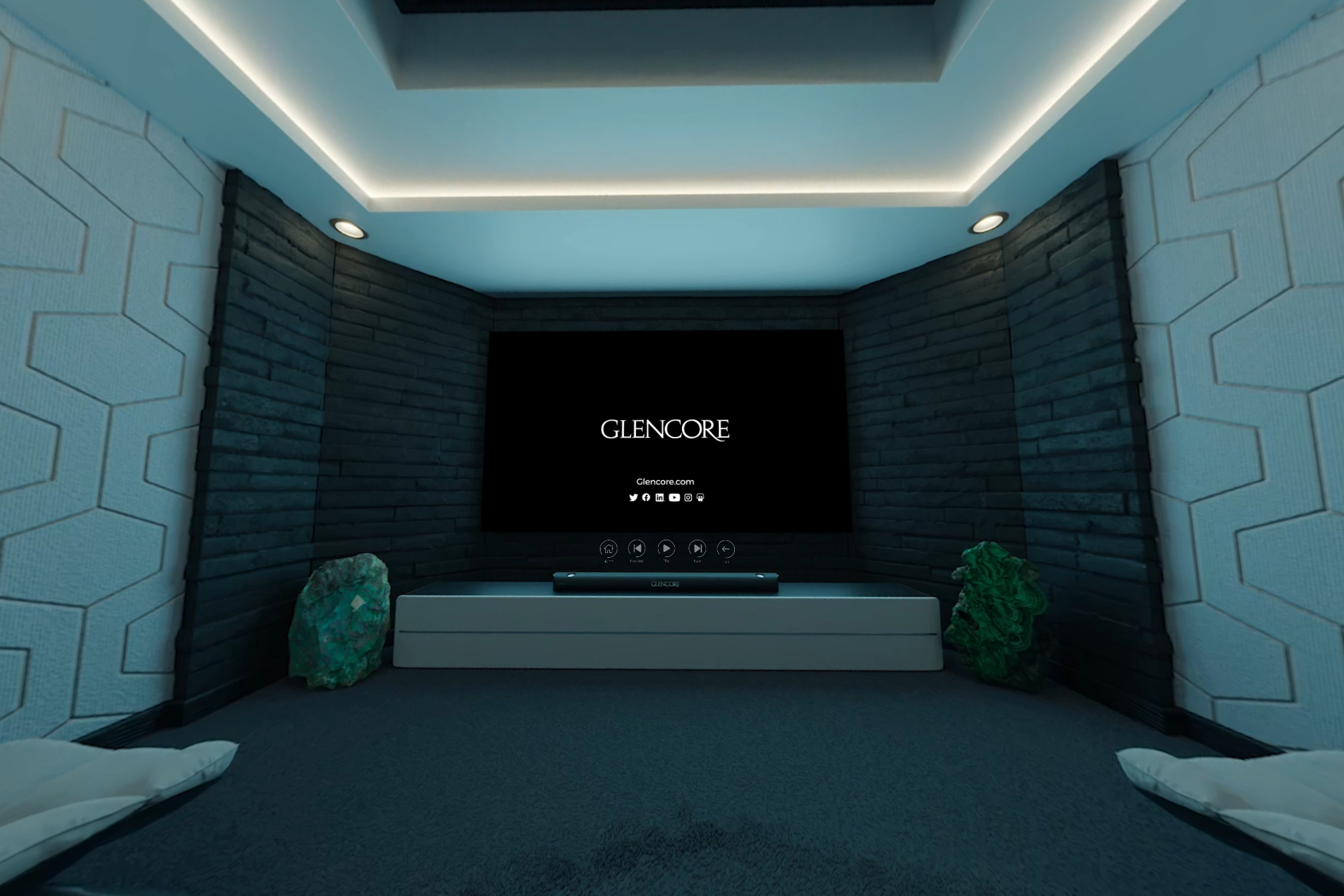
before it was yours, it was Mined is an investigation into the Anglo-Swiss multinational mining conglomerate Glencore. It aims to understand and represent the operations of the corporation through three key pillars: vertical integration, geographic dispersal, and subjugation. This approach contends with the massive international scale of the corporation and it’s critical and material local impacts. By denaturalising the tentacular infrastructure of extraction, and materialising the operation of legal and financial logics, the project analyses the specific mechanisms by which corporations like Glencore maintain their global dominance.
Artefacts of the Survey: State-Space and (Il)legibility in the Haitian-Dominican Borderlands
Alex Holding

This research considers the construction of the Haitian-Dominican borderlands as an emergent space of US empire in the early 20th Century. Through archival research and spatial analysis, I investigate the development of early 20th century geospatial knowledge systems – such as the aerial survey and agronomical study – deployed by the US Geological Survey and US Marines Corps during the US occupation of Haiti (1915-34), as mechanisms through which the state seeks to interpret, measure, and represent space. Couched in a guise of scientific ambivalence and objectivity, these processes and the images they generate, function to simultaneously conceal, embed, and construct colonial imaginaries and agendas of control and legibility. In this sense, the material transformations of the landscape that ensue; land dispossession, urbanization, cadastral systematisation, resource extraction, and borderization practices, are rationalisations that reverberate from, and are legitimised by, the survey. Here, the landscape and its inscription are encoded artefacts, laden with the political subjectivities and ideologies that the survey encloses.
being-in-the-water: idling, waiting, and limbo at sea
Ravza Kabaktepe
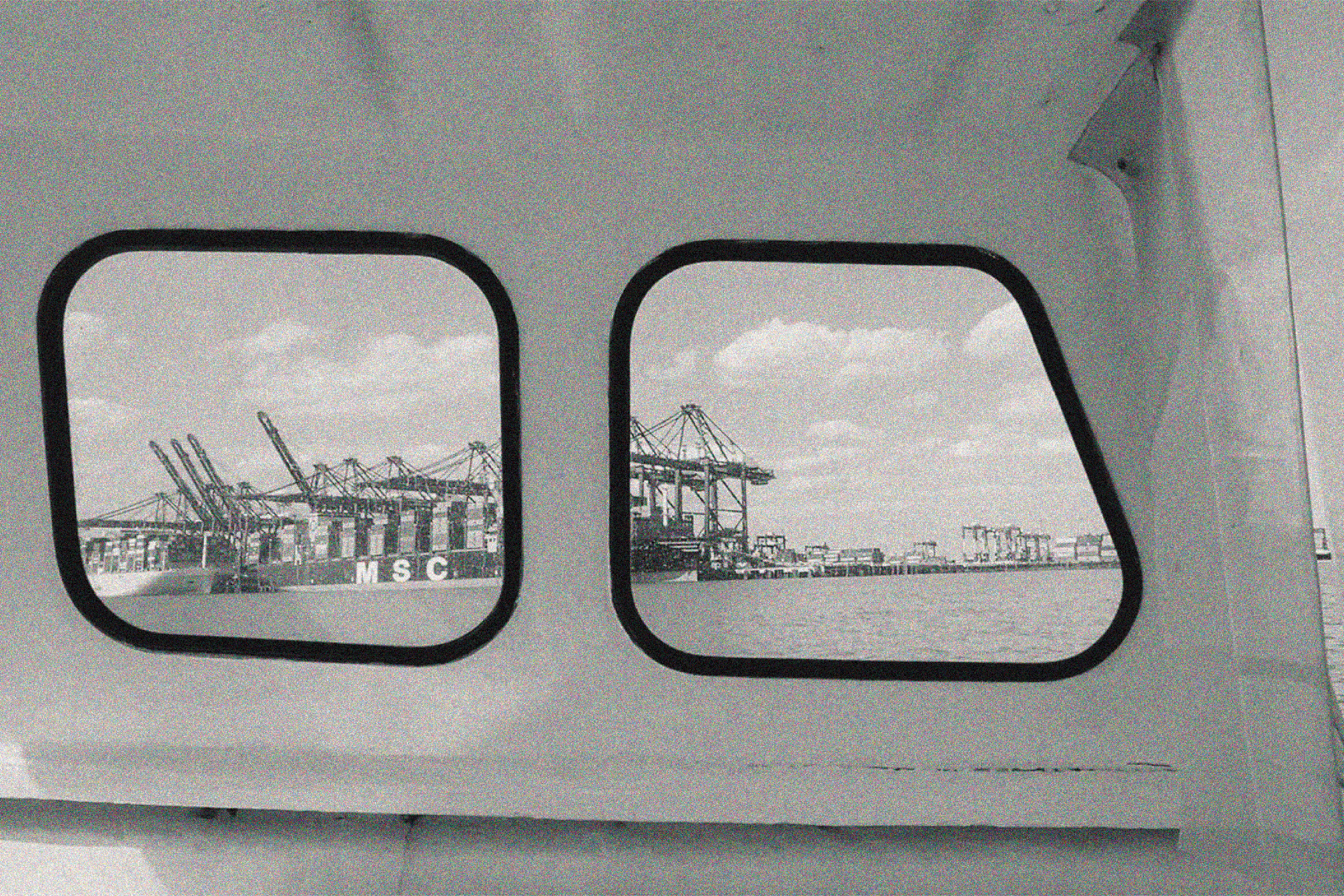
Critiquing maritime capitalism through the journey of a single container ship, Soraya, and its repeated immobilizations at the UK’s Port of Felixstowe, the study analyzes three types of suspension—routine idling, strike-induced waiting, and ecological limbo—as a critical lens. These pauses reveal the fragilities, environmental harms, and labour conflicts built into supply chains. By attuning to the more-than-human dimensions of these interruptions—from the rhythms of the vessel to the agencies of water, air, and infrastructure—the project constructs an alternative narrative of logistics and of being-in-the-water. In tracing how suspension makes visible the temporal and spatial unevenness of maritime capitalism, the study positions immobilization as both a site of systemic vulnerability and a potential ground for maritime futures.
“Artificial Intelligence” Humanitarianism:
Machine Learning surveillance & Data Extraction at Samos Refugee Camp
Charikleia Kariofyli
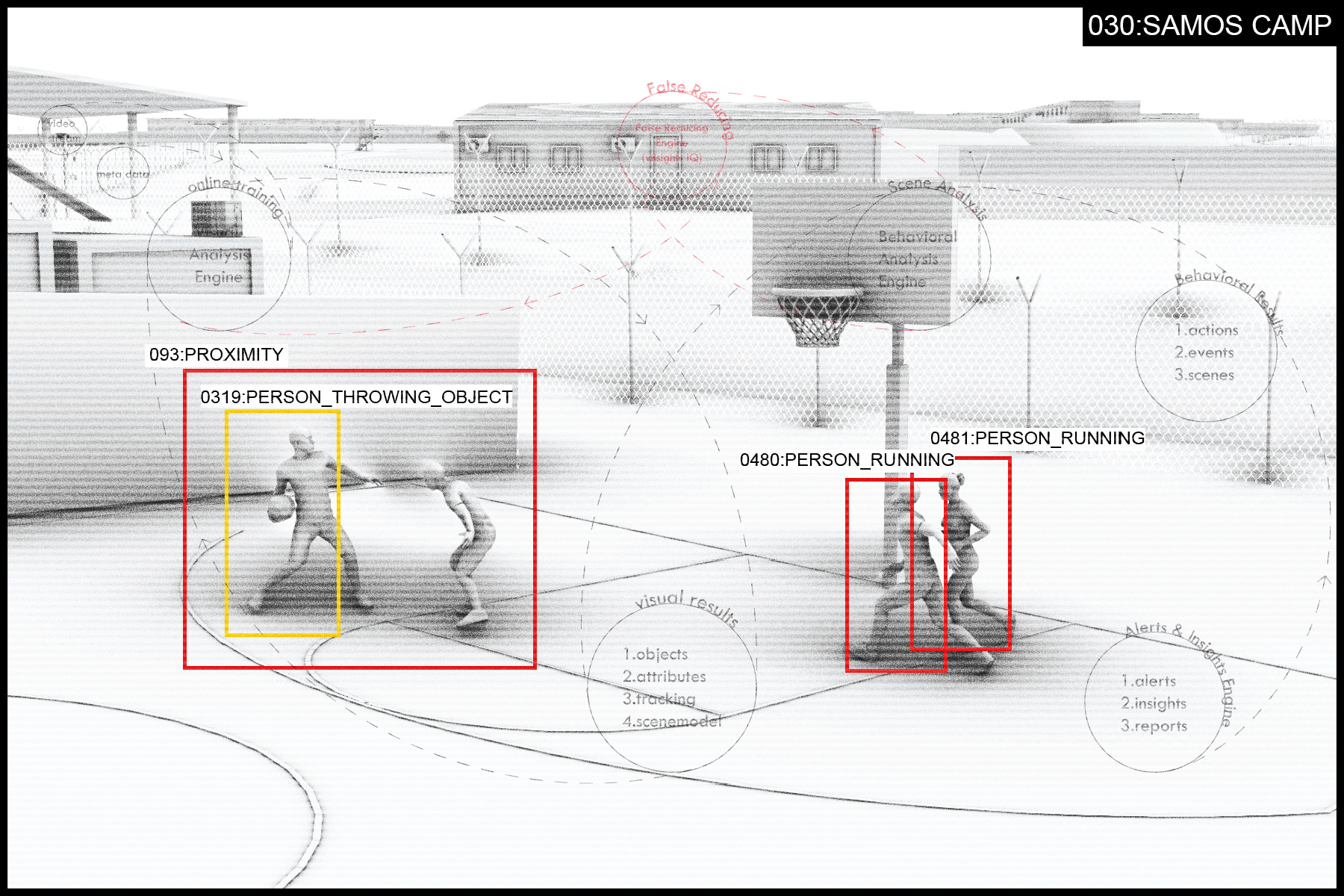
Following the 2015 refugee “crisis,” Europe has funded the construction of new refugee camps in Greece to replace the previous “hotspots” at the Aegean Islands. These newly constructed camps, now referred to as “Closed Controlled Access Centres,” are considered prototype camps that are purportedly designed to meet “European standards.” The camps are defined by carceral architectural features and extensive surveillance. They utilise “artificial intelligence” algorithms through two European-funded systems, Hyperion and Centaur, both of which operate with limited transparency and were primarily deployed without adherence to all required procedures, resulting in several violations of people’s rights. The Samos camp, the first to be inaugurated, serves as a testing ground for these technologies. The operational characteristics and implementation of these systems remain largely opaque. What data can those systems collect? Who was access to them? How do those technologies affect the population inside the camp? How can the “artificial intelligence” security industry profit from this humanitarian shift? The study seeks to provide greater transparency regarding these developments by answering those critical questions.
Superpower with Scales
Verena Kämpken
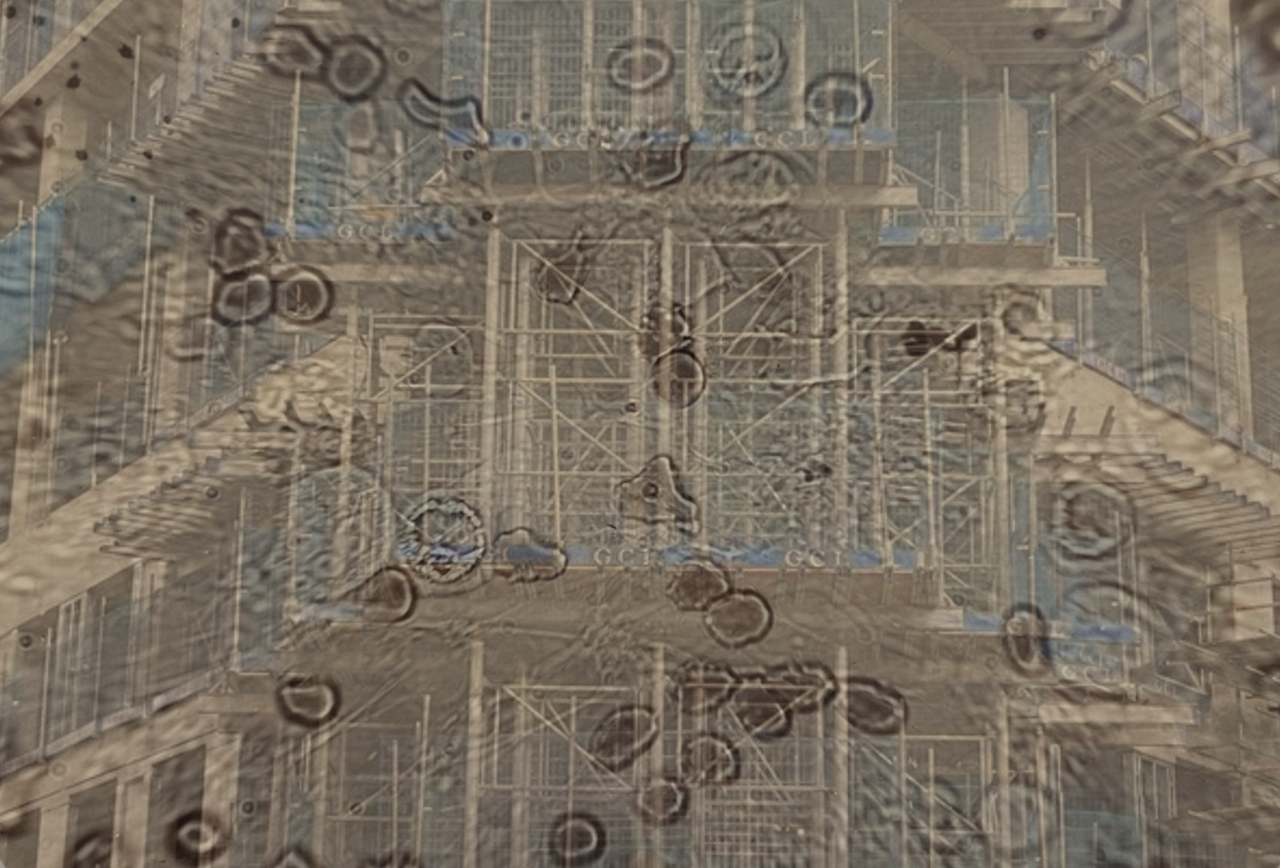
The UK’s claim to ‘science and technology superpower’ status is built on escalating politics of scale: microscopy and genomics are framed as cultural capital, bioinformatic medicine promises precision, future data regimes are sustained by molecular structures. Linking the microscopic with the infrastructural, the project reveals a Haussmannian vision that reorders the world into uniform geometry. Images become models become data; instruments become buildings; bodies become architecture; local governance becomes privatized control: scalability is the core logic behind technoscientific power.
Weathered Image, Planetary Sound
Tom Lye
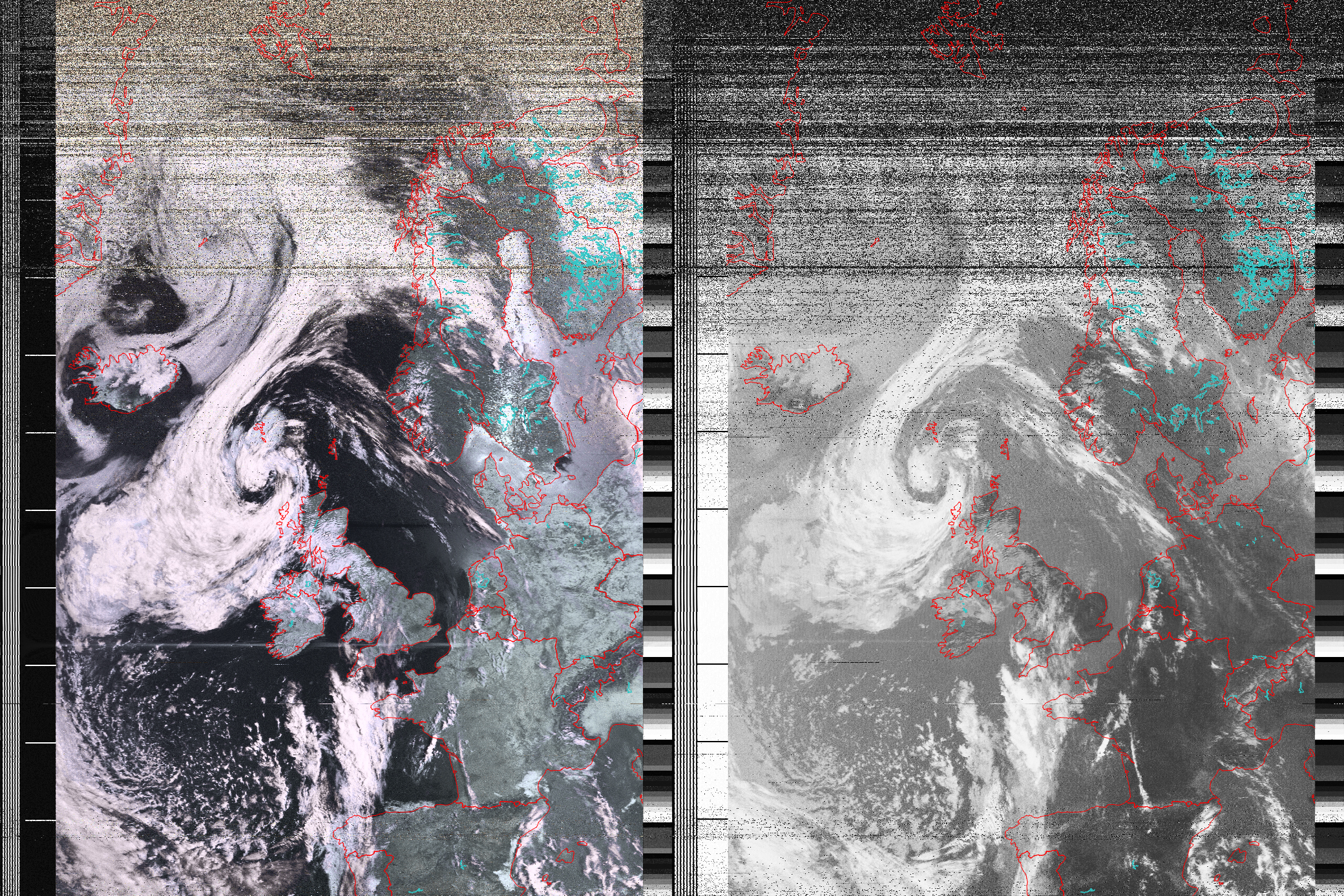
This project forms an excavation of logistical media developed at Bidston Observatory, historically a site of maritime sensing and timekeeping for the city of Liverpool. As a technical land demarcated by its operative environmental surveillance, Bidston Observatory encompasses a specific architectural assemblage of technical objects that map, measure and mediate its surroundings. Departing from the planetary sonicity of DIY satellite imagery and earth radio, this project inverts observatory techniques in order to to listen to the ‘noisy non-self’ once again, examining the subjectivity of the machinic body and the observatory itself. By sounding the accumulative histories of technical objects and their infrastructural time-construction, Tom intervenes in a weathering of imperial sensors, opening up the site for asynchronous alternatives in the wake of empire.
Restrictive Practice: modelling the tension between care and control in NHS psychiatry
Cáit McClay

This project investigates the deployment of body-worn cameras and Oxevision—a remote patient monitoring system that uses an infrared camera and sensors to track patients’ movements and vital signs—in NHS mental health units since 2018. These technologies expand the scope of image-based surveillance performed by the NHS, incorporating previous blind spots in spaces such as bedrooms and bathrooms. Rather than marking a rupture, these devices build on a pre-existing regime of observation and restriction embedded in the architecture, fixtures and furniture of contemporary mental health institutions. Focusing on Essex Partnership University NHS Foundation Trust as a case study, I 3D model an acute inpatient ward, visualising data collected through my open-source research to examine this condition. An interview with survivor-led activist group Stop Oxevision guides my analysis. By centring their perspectives, I advocate for patient-led approaches to mental health care, asking: what does care mean in an institution designed around restraint?
Subsea Cables, a Biography: Neutrality Between Capital, Empire, and Popular Resistance
Éiméar McClay
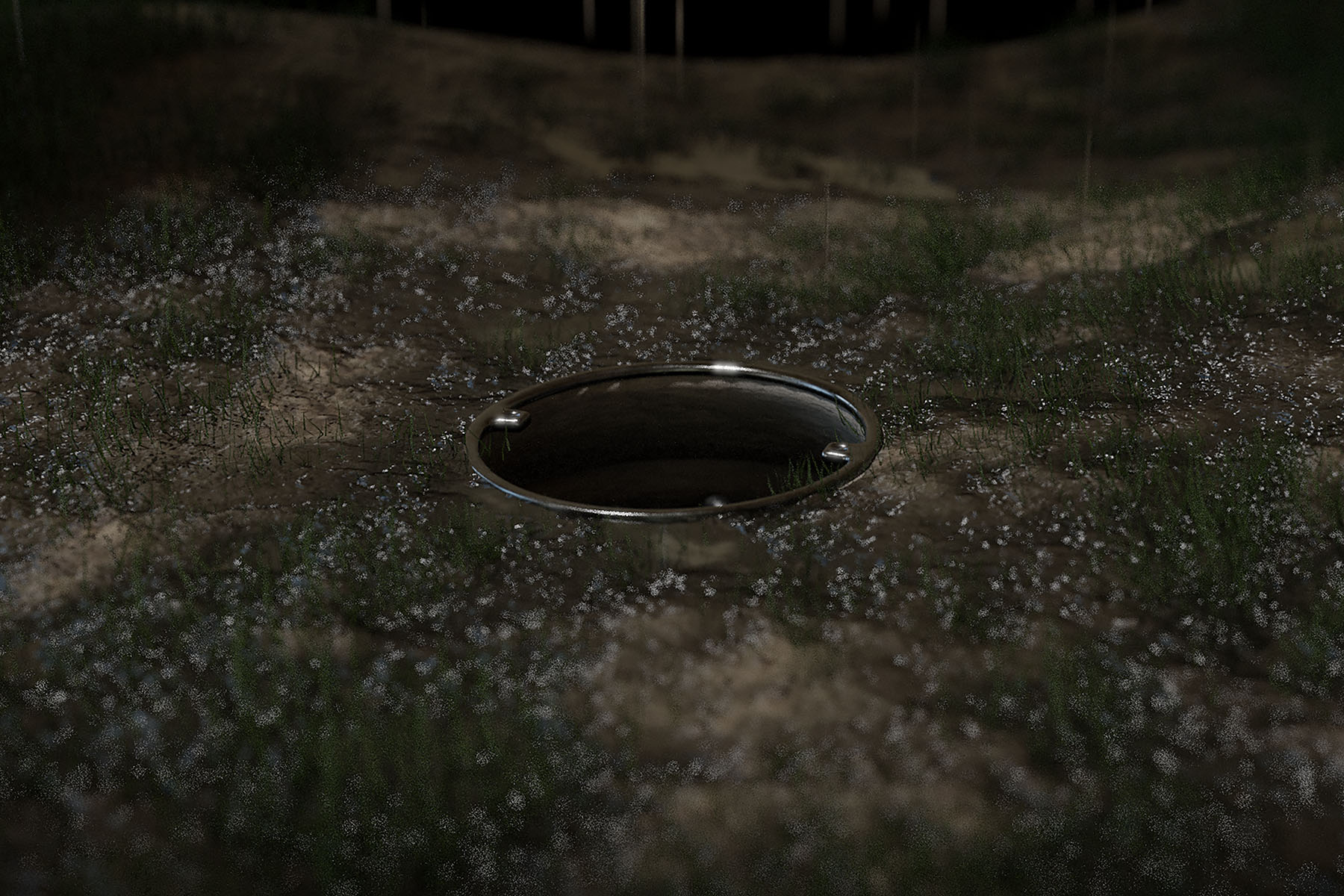
This project examines the increasing militarisation of Ireland’s maritime territory in relation to subsea cables. Here, the America Europe Connect 2 (AEC-2) transatlantic cable functions as an entry point for understanding cabling infrastructures not merely as technical systems but as geopolitical devices. Through open-source intelligence (OSINT), I aggregate a fragmented corpus of data and operational documents detailing AEC-2’s infrastructural and security architectures, which I employ as blueprints for QGIS mapping and 3D modelling of these interoperating systems. This practice-based methodology assembles a political biography of AEC-2, spatialising its emergence, governance and securitisation as a 3D-animated film to analyse the meshwork of political, infrastructural and economic forces shaping Ireland’s defence posture and its tradition of neutrality.
Flexible-Insecure: The Itinerant Migrant Worker in Germany
Laura-Isabela Meichsner
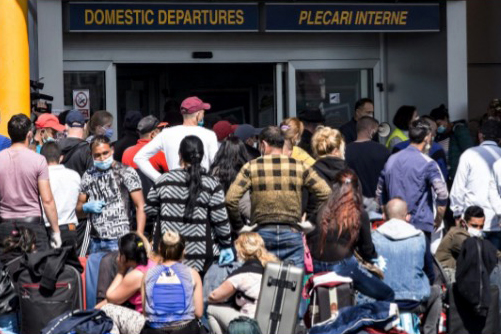
My project intends to shed light onGermany's labour migration regime by using the Covid 19 pandemic as an entry point. The pandemic marked a moment when the essential role of migrant workers from Eastern European countries in sustaining Germany’s economy and securing basic needs, particularly in sectors like agriculture and the meat industry became undeniably visible. However, this reliance on migrant labour is not a new development. Rather, it reflects a historical continuity that stretches back to the early 20th century. I want to prove that migrant itinerant labour in Germany originated in a state-regulated and institutionalised system that has existed for over a century. This system, while formalised in structure, has shaped precarious and unequal conditions for migrant workers and continues today as the model expands across multiple sectors.
What is in a Hotspot? Securitisation and Internal Bordering in Berlin´s "Danger Zones"
Jaya Mirani
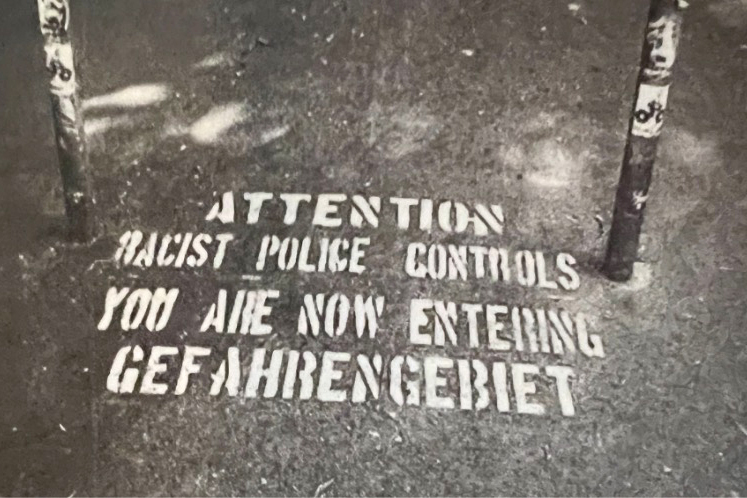
In 2023 the Berlin Senate, together with the police, announced a new “security plan” for the City. Central part was the building of a fence around Görlitzer Park, intended to close the park during nighttime hours, coupled with increased police patrols and the installation of surveillance cameras. Through the lenses of securitisation theory, moral panic narratives, and internal border regimes, this dissertation investigates how the state, media and police co-produce these areas as symbolic epicenters of crime, legitimising expanded surveillance, racial profiling, and spatial exclusion. These zones disproportionately target racialised and marginalised communities, mirroring broader European trends in internal bordering and racialised policing practices. Complementing this critical theoretical framework, a practice-based audio walk entering on Görlitzer Park as a case study. Collecting community testimonies, activist insights, and lived experiences of residents subjected to systematic police checks and surveillance, the audio walk acts as a form of embodied counter-mapping. Participants physically traverse this stigmatised zones, while engaging with narratives that challenge the dominant discourse, reclaiming that space from it’s narratives of fear.
Infrastructures of Exclusion: The Materialisation of Hostile Policy
Finn O’Keefe
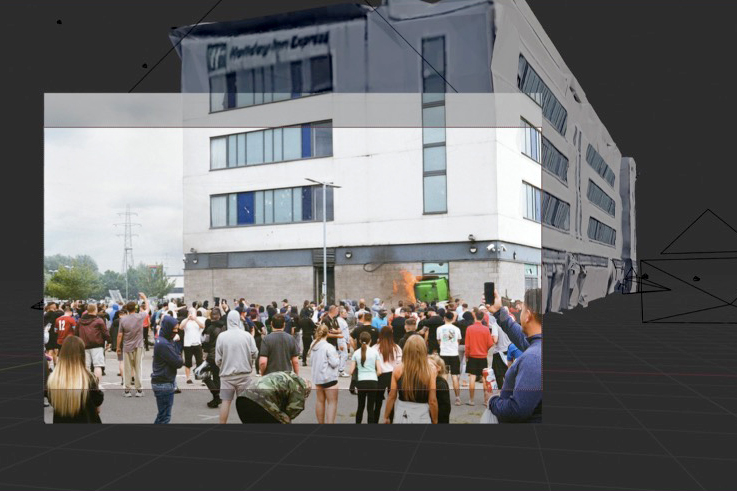
This project contends that the 2024 UK riots were a physical manifestation of the ‘hostile environment’, focusing on the use of hotels as accommodation for asylum seekers. It examines how these spaces operate within the UK’s border regime – both as sites of confinement and as tools that signal who belongs and who does not. Presented as a video essay, the project situates this aspect of the border spectacle within the longer history of state policy and populist rhetoric. It explores the conditions that render these hotels volatile, analysing how austerity and privatisation created proxies for racist violence. Though framed by the state as spaces of sanctuary, they are spaces that exclude and hyper-visibilise those forced to reside in them.
De / hydrating Cuitzeo
Bernal Pérez
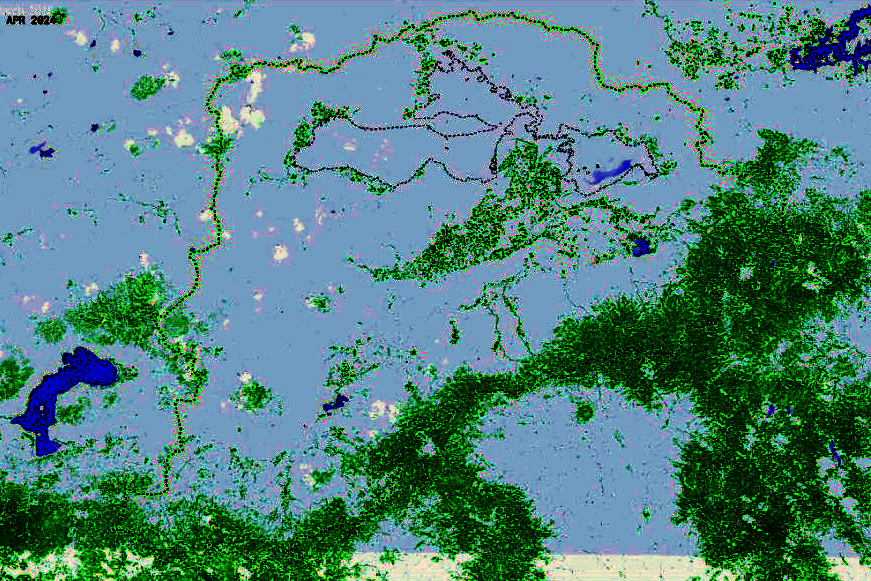
This research project aims to redefine what constitutes a lake by examining Lake Cuitzeo, Mexico’s second-largest body of water, in the context of drought, extraction, and environmental neglect. The project challenges static, Western definitions by tracing the lake’s volatile geologic history and increasingly extreme cycles of contraction and expansion. Through GIS mapping, fieldwork, interviews, and theoretical engagement with Astrida Neimanis and Dilip Da Cunha, the work reframes the lake as a process shaped by wetness, transformation, and political forces. On one hand, it explores the lake as part of a hydrocommons, extending its boundaries through gradients of wetness and interdependent bodies. On the other, it confronts the structural and political mechanisms behind its desiccation, including extractive infrastructure, terraforming, and state negligence. Rather than a disappearing object, Lake Cuitzeo emerges as a contested terrain where ecological fragility, infrastructural violence, and historical memory converge to expose the layered politics of water in contemporary Mexico.
Counter-logistical Landscapes: The Nicaraguan Case
Simona Pérez

This project investigates the co-production of collective memory through the agency of a mundane concrete paving block. Focusing on Nicaragua, it examines two techno-geographic milieus associated with authoritarianism to challenge entrenched violence, politics, capital flows, and the built environment. Combining a logistical framework and an effort to blur the lines between culture and technique, it conceptualises the Adoquín as a disruptive technical object. The analysis utilises audiovisual documentation, architectural diagrams, and cartographic representations to demonstrate how this technical object exhibits a high degree of hypertely, becoming a political actor and material witness not only to state violence but also to the co-production of one of the most significant grassroots examples of counterlogistics in Central America.
A Cinema of Retrieval
Xavier Pillai

n 1965, the third OAU conference took place in Accra, in the penultimate year of socialist Ghana’s first republic. The conference was filmed and choreographed by the GFIC, creating a pan-African and statist media aimed at rejecting the language of imperialist film. The project engages these films through a spatial historiography of film. Examining the history of the OAU, the politics of these images, and the neocolonial legacies of film that facilitate the transfer and displacement of these films into private archives in Britain today. By making these heritage images an evidentiary tool, we extend their potency, asserting that the recombination of these images with their original custodians and through creative interventions, we can extend the practice of restitution and repatriation that has so far been limited to physical objects and public spheres.
Towards a Metalanguage of Conservation
Oskar Pollack
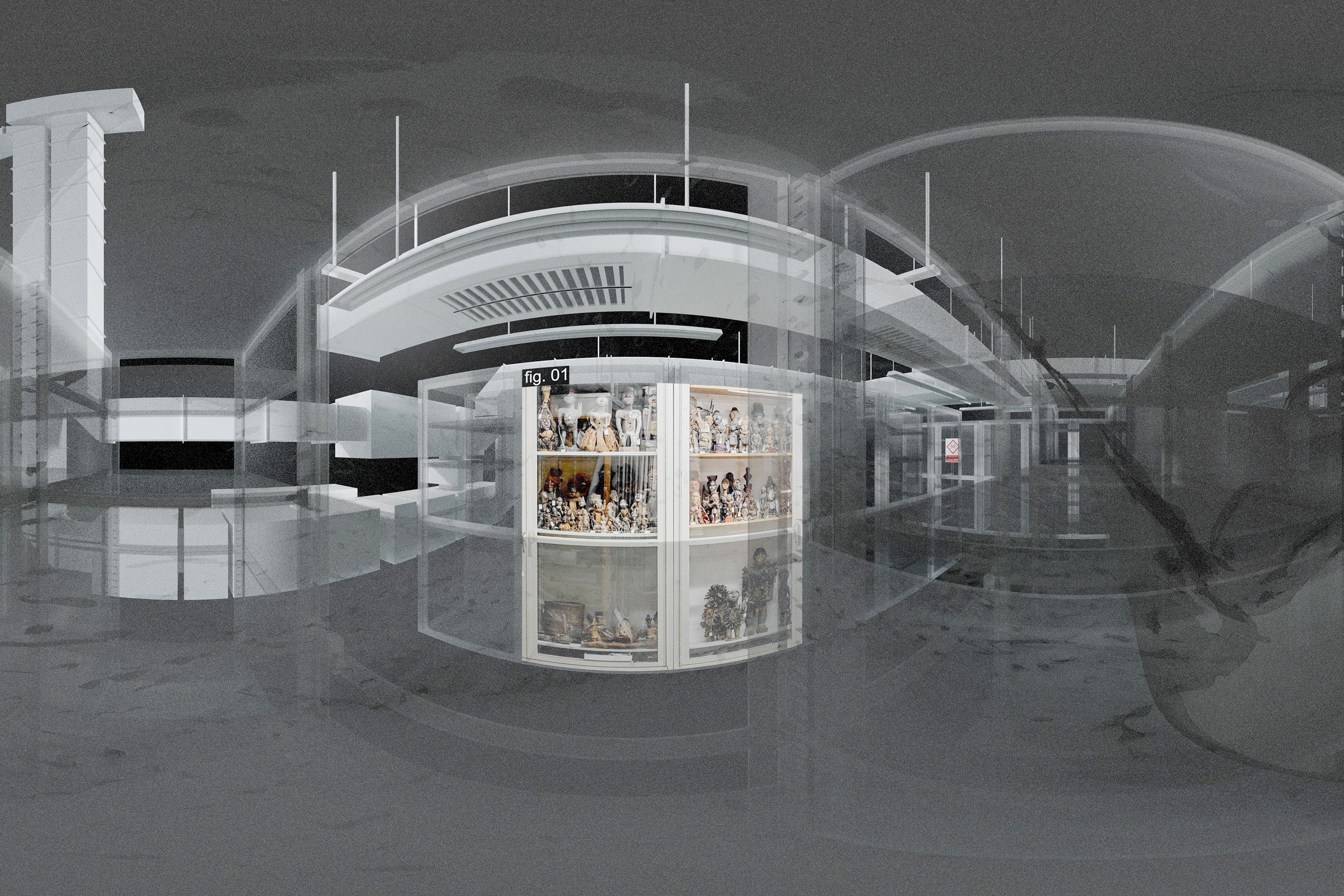
This project revolves around the Ethnological Museum in Berlin. It analyses the timely narratives that structure its spatial politics and how, alongside, matter and subjectivity is reconfigured. To think about the epistemic and material violence that unfolds in the museum, this project investigates the material conditions of the objects housed within the collection. The museum's work focuses around a series of key acts that are meticulously protocolled. It manages objects as inert matter for preservation. Conservation practices such as disinfection with heavy metals, cleaning with nitrogen tanks, and storing in sealed chambers chemically reconfigures objects for their ostensible protection. Objects are kept under strict environmental controls, which are calibrated according to precise temperature and humidity standards not supported by hard scientific evidence but conventions. Such conditions produce a fiction of permanence, wherein conservation seeks to arrest the passage of time, thereby creating lethal objects, toxic to human contact.
Eroded Ecologies: Sensing Soils, Seas, and Plants in Venetian Lagoonal Landscapes
Riccardo Rizzetto
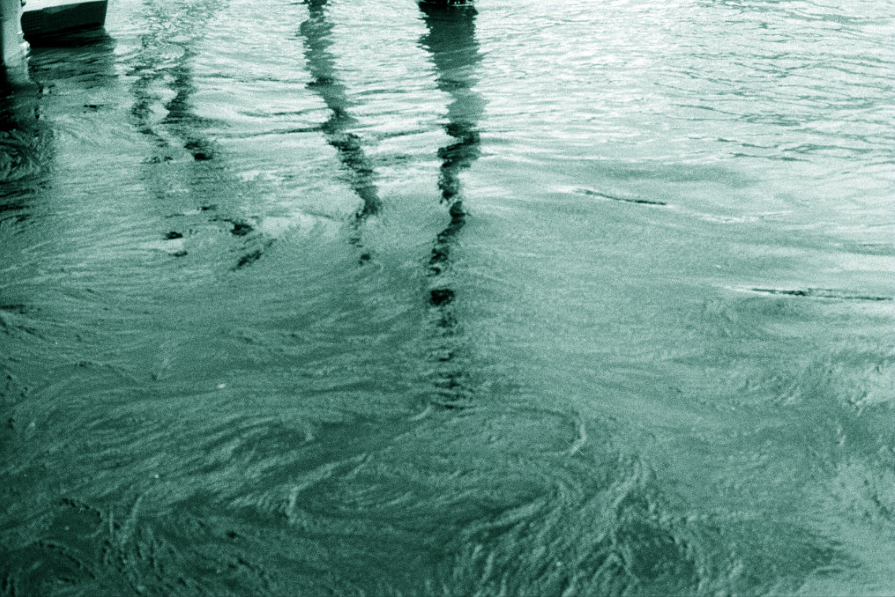
Starting from the Purple Artichoke of Sant’Erasmo, the research unfolds as an analysis of the multiple actors entangled in the making and unmaking of the Venetian Lagoon. The Purple Artichoke of Sant’Erasmo — an ambiguous symbol of Venice, both delicacy and remnant of an agricultural past — acts as a living palimpsest, tracing colonial, migratory, and commercial histories while revealing current environmental and social frictions. This becomes the entry point to understand the Lagoon as a co-authored environment, approached through its layered relationships made of human and more-than-human agencies, agricultural remnants, infrastructural impositions, and climate urgencies that co-exist and co-constitute one another. Through its various activations and forms, the project proposes a counter-narrative rooted in situated sensing methodologies, fostering practices of sympoiesis to give voice to the more-than-human and to challenge crystallised, anthropocentric representations.
Suspended Infrastructure in the Italian South: A Mytho-Political Lament
Sofia Rudi Kent
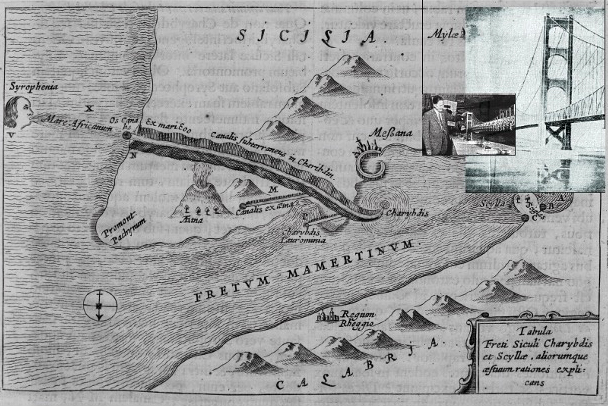
This project examines how myth enables large-scale infrastructure, and how infrastructure itself functions as a modern political myth, with particular attention to Southern Italy and the proposed Strait of Messina Bridge. Myth here is not understood as mere falsehood, but as a mode of representation that conceals contingency, generates belief, and legitimises political projects. The Strait of Messina Bridge endures as mythical infrastructure: never realised, yet productive through its suspended promise. It reshapes governance, finance, and law, while drawing on them as the structural support upholding this myth through its suspended temporality. This work aims to pull back the curtains, slip backstage, and interrogate the mechanics of this myth: what conjured it, what sustains it, and how it might be undone. Beyond its story, we wish to expose the theatre of power itself, where governance, power, and infrastructure are staged and sustained.
Architectures of Transition
Andrés Felipe Ruiz
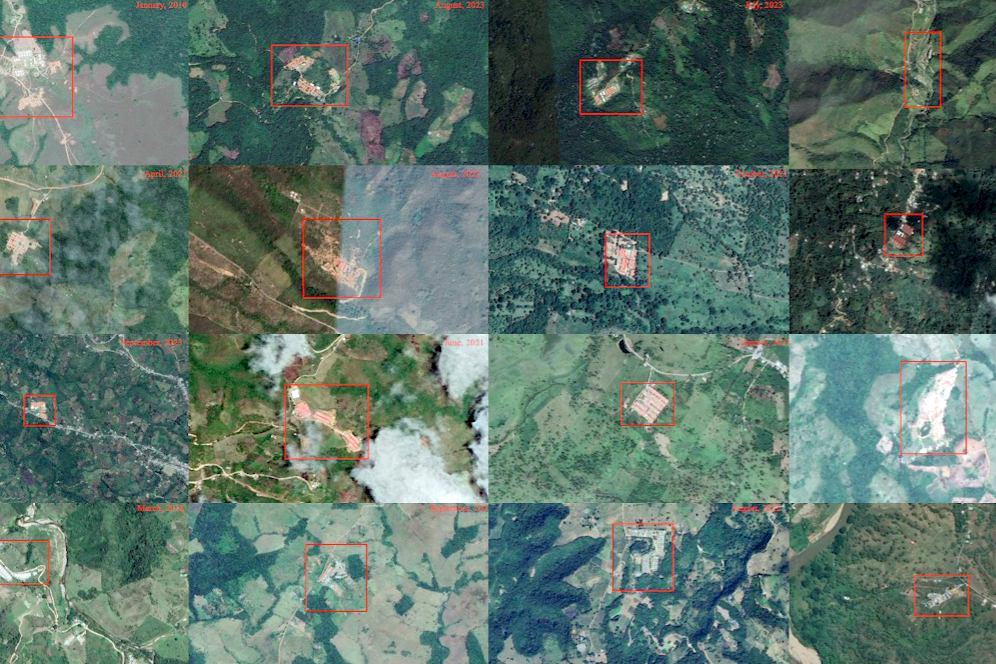
Architectures of Transition explores post-war life conditions of former combatants in Colombia. From being visible through the eyes of the state's military gaze, to becoming legible following their transition into civilian life, exguerrilleros and exparamilitares have embodied a liminal condition within which they created expectations, forms of dwelling and different ways of inhabiting a new reality in the face of a promissory future. The project primarily is focused on the spatial, infrastructural and architectural dimensions of the Territorial Spaces for Training and Reincorporation (ETCR for its acronym in Spanish) in Colombia. The ETCRs were built following the peace agreement between the Colombian government and the former FARC-EP guerrilla in 2016, with the aim of being transitional spaces for two main purposes: the disarmament process and the initial reincorporation of peace signatories. Amidst the discussions towards better ways to transit from war to peace, Colombia has deployed -since the 1980´s- different approaches to deal with the lives of those who once belonged to an armed group within approaches that have move across ideas of reinsertion, reintegration and reincorporation. The project also reflects on these legal grammars and imaginations from a conceptual history perspective.
Destruction Shall be our Inventory
Laura Dominique Russell

Destruction shall be our inventory is an exploration into the widening application of photogrammetry within the cultural heritage and museum complex. The redeployment of this technology to the surveillance and reconnaissance of cultural objects warrants urgent attention. Photogrammetry offers a techno-fix to the museum's "colonial problem": making dislocated cultural objects virtually accessible to the communities they are estranged from, whilst sanitising the technology's lineage as the technical progeny of coercive colonial and military invention. By acknowledging the entanglement of the museum's cultural activities within an ongoing colonial apparatus of harm, this project seeks to undo the benevolence afforded by photogrammetry's proximity to cultural activity.
Storage Almost Full: Wasted Landscapes of Madrid
Manu Sancho
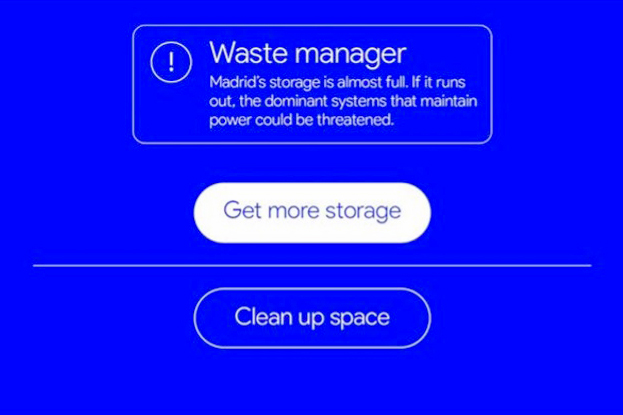
This project examines the politics of waste in Madrid’s southeast periphery, where intersecting infrastructures—solid waste, data storage, and CO2 sequestration— overlap. Waste management is no longer limited to garbage or industrial residues but has become the everyday framework for processing and organising information. By defamiliarising the cloud storage interface of digital devices, the project returns to the material landscapes that underlie this metaphor. In this peripheral zone, municipal, construction, and demolition waste accumulate alongside marginalised populations that are treated as similarly expendable. At the same time, national initiatives to expand data centres and explore carbon storage in a local saline aquifer further entrench this region as a site of containment. The research reveals how waste infrastructures legitimise ongoing extraction while externalising their ecological and social consequences.
Films of Speculation / Films of Dispossession
Ishbel Tunnadine
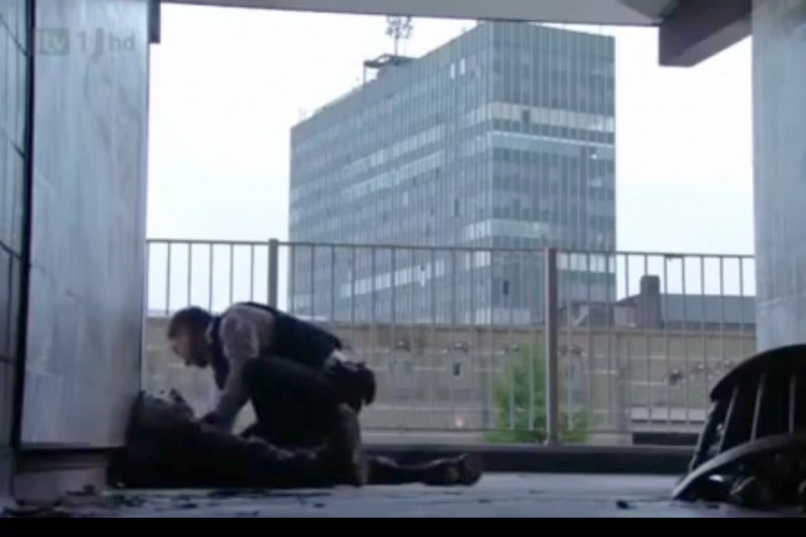
This project examines land speculation through the lens of Brownfields sites used as filming locations during the period of their managed decline to subsequent redevelopment. “Brownfield” is a planning term, but functions more accurately as a euphemism for ‘ruins.’ Once used to demarcate post-industrial ‘vacant’ land but increasingly mobilised to justify speculative development and asset-led residential displacement. The films shot at these sites -often detective shows or police dramas- are fictional, yet they are more than representations. The material conditions of their production (speculation and/or dispossession) are inscribed within them. Using editing as a methodology, I isolate frames where the buildings comes into view to understand how these images are embedded within speculative financial processes.By interrogating planning terminology, I trace how it operates not as an objective tool, but as a narrative device. Speculation is not simply a financial operation, but a narrative technology. These fictions reorganise the material world, and it is precisely through fictions that asset management enacts its most violent transformations.
Asset-Manager Society: Railway Arches in Hackney
Antonio Voce
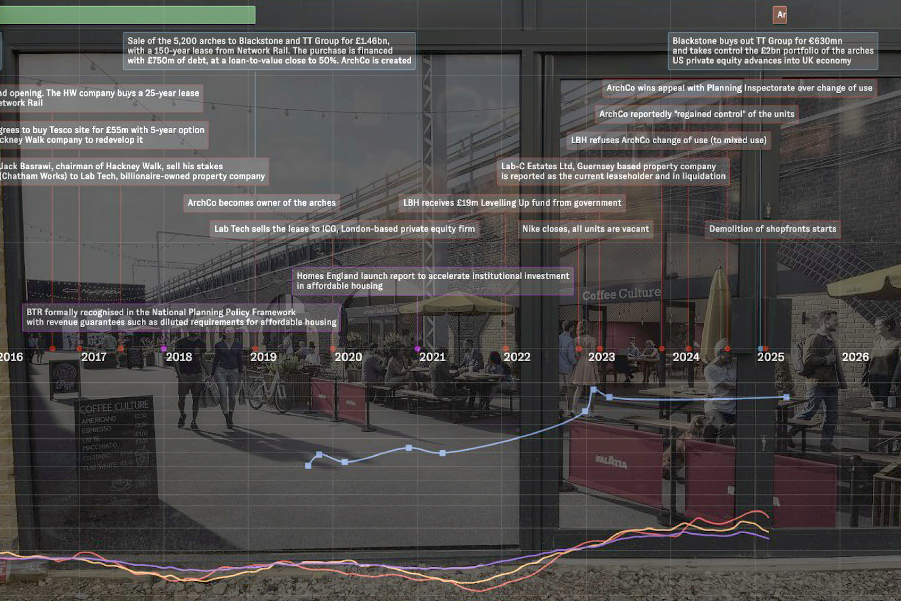
In March 2025, Blackstone Inc. – the largest commercial landlord in history – finalised a deal to take full control of a £2bn portfolio of more than 5,000 UK railway arches, buying out the partner with whom it jointly acquired them from the publicly owned Network Rail five years earlier. The deal symbolises the advancement of offshore private equity in the UK, a further expansion of what Brett Christophers describes as asset-manager society: a reality in which asset managers increasingly own and control the essential housing and physical infrastructure underpinning daily life. Using a multi-scalar timeline as a method of inquiry, and the railway arches of Hackney as the unit of analysis, my research attempts to expose the ways in which the financialisation of infrastructure, commercial space, and housing hollows out the public realm through alternating cycles of emptiness and “refurbishment”– a debt-driven, rinse-and-repeat process for which the term gentrification is perhaps no longer adequate.
Counter-Planning from the Drone Kitchen
Aya Wazaz

In March 2025, NATO awarded Palantir a contract for its Maven Smart System, an Al-enabled battlefield platform co-developed with the U.S. Department of Defense. As a company specialized in software, Palantir's operations often evade visibility. This project renders them legible by laying bare Palantir's reliance on Ukrainian civilian-produced drones to train its software, effectively outsourcing hardware labour. This project undertakes a digital ethnography of Ukraine's techno-military DIY drone building subculture to reveal the labour behind Al military infrastructures.
This process is understood as a mode of generative entrenchment, increasing reliance on private corporations and facilitating extraction of data alongside old-school extractivism of Ukraine's rare earth minerals. In this frame, Ukraine's conflict becomes reproductive- a war used to wage further war.